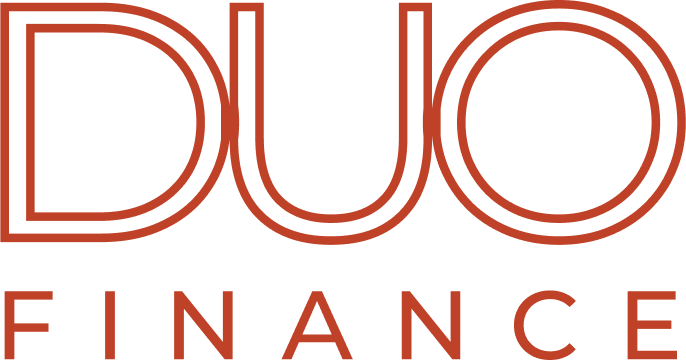Debt restructuring is a process wherein businesses reduce, re-align or renegotiate their debts in order to improve or restore liquidity and assist business continuity and/or growth. It involves careful planning and focus on the road ahead – for example, considering what your business might look like post-COVID, and whether you have the right finance and structures in place.
Why is debt restructuring necessary?
Debt restructuring can become necessary as businesses have many moving parts, unlike home lending. As the business grows and changes, its financing structures can become outdated and unsuitable if not regularly reviewed, and therefore unsupportive for where the business is heading.
Often, finance is provided to meet a specific need at a point in time without necessarily taking into account the overall group position – the end result can be a complex and restrictive debt structure that inhibits business operations, cashflow and indirectly, the owner’s wealth creation plans. Debt restructuring can help to address these problems.
Most banks now separate their business and personal lending functions in relation to business clients. Gone are the days when your dedicated banker and their team could solely approve your business and home lending requirements. This poses a challenge for business owners as loan applications now take much longer to process, and are assessed against more rigid, stringent criteria than they may have become accustomed to in the past. Ensuring your debt structure is correct is a good way to minimise disruption and avoid frustration – however, it is not easy to achieve, and requires the guidance and support of a good broker and or banker. Engaging a finance specialist early is key, as it will take time.
Consider reviewing your debt structures now
Common examples that lead to debt restructuring include:
- Loans in personal names when it should be in the business or a separate corporate entity
- Loans in the wrong entity name
- Change in bank policy or appetite
- Property being held in a trading company as opposed to an asset holding entity
- Wrong loan product
- Short-term loans used for long-term assets/purposes
- Amortisation/repayment terms not aligned to cashflow or business trading cycles
- Immediate start to loan amortisation without providing the business sufficient time to implement new products or strategies
- Unrealistic or overly restrictive terms and conditions
- Outdated business structures
Structures that have been in place for many years can provide inadequate asset protection, may not separate distinct business functions, are overly complex and/or do not take full advantage of the tax planning provided by your accountant. Simply put, older finance structures can often be misaligned with the current needs of the business and its owner/s – this is a key area where a debt restructuring review is necessary.
What are the benefits of debt restructuring?
While it requires time and sometimes cost to change a business’s finance structure, it is critical to regularly review your position and seek necessary guidance from all your relevant advisors to ensure the finance structure and terms remain relevant for the business.
Benefits include:
- More efficient use of assets
- Freeing up cashflow
- Correctly aligning debt to purposes/assets
- Consolidating borrowings
- Obtaining improved pricing and/or conditions
- Releasing or reduction in reliance of property security
- Competitive pricing, terms and conditions
The key to debt restructuring success is engaging a professional early on to explore your options, including identifying where the debt should sit from a legal and tax perspective, and ensuring that all paperwork and forecasts are available.
From there, a detailed finance report should be presented to the preferred lender/s to ensure they understand your business, the reasons for the restructure and the benefits of the change.
Case study
We worked with a client who has been involved in the wholesaling field for many years. With interest rates at a historical low, they wanted to reduce their debt – however, the way the existing debt was structured made this difficult.
We reviewed the client’s business, assets and facilities, with the aim to seek improved pricing and maintain commitments within current cash flow constraints. To do this, we prepared a detail report – key elements being to reduce interest rates overall, increase leverage of investment properties (rather than family home) and commence amortisation on a significant portion of their debt over the next 30 years.
Working closely with the bank, we achieved:
- Significant ongoing interest cost savings
- Through our recommended restructure, improved cashflow to allow amortisation of $100,000 over the next two years without killing business cash flow
- Reduced reliance on the family home, which will allow for the release of this asset sooner than expected
Do you have a debt restructuring question that isn’t answered here? Get in touch with Duo Finance today and find out what we can accomplish for you.

